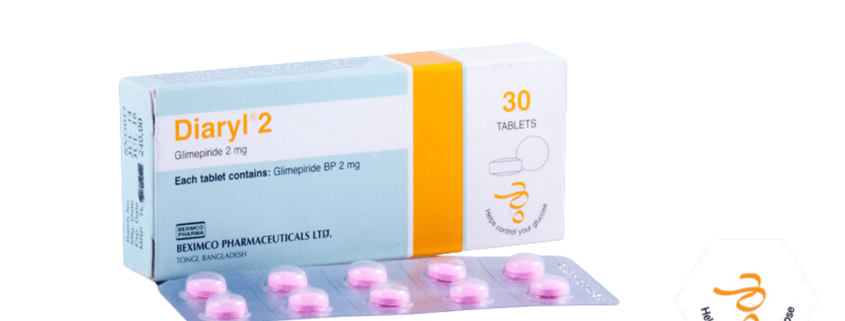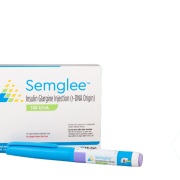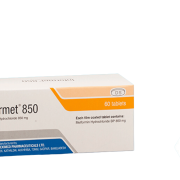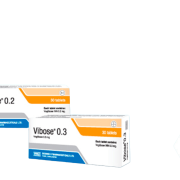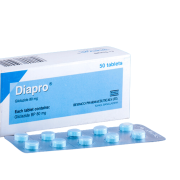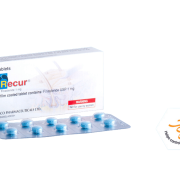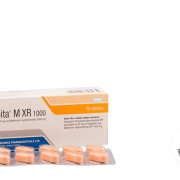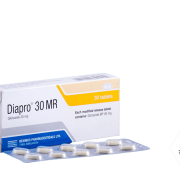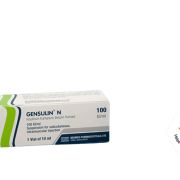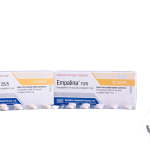Diaryl

Generic Name: Glimepiride
Dosage Form: Tablet
TG Name: Endocrine & Diabetes
1. What Diaryl is and what it is used for?
Diaryl® is a preperation of Glimepiride BP, which belongs to sulphonylurea class. The primary mechanism of action of Glimepiride is lowering of blood glucose by stimulating the release of insulin from functioning pancreatic beta cells. In addition, expancreatic effects may also play vital role in the activity of Glimepiride. Administration of Glimepiride can lead to increase sensitivity of peripheral tissues to insulin. After oral administration Glimepiride is completely (100%) absorbed from GI tract. When Glimepiride is given with meals, the mean Tmax is slightly increased (12%) and the mean Cmax and AUC are slightly decreased. Glimepiride is completely metabolized by oxidative biotransformation after oral dose.
When 14 C-Glimepiride is given orally, approximately 60% of the total radioactivity is recovered in the urine in 7 days and 80-90% of the metabolites are recovered in the urine. Non-insulin dependent (type-II) diabetes, whenever blood sugar levels cannot be controlled adequately by diet, physical exercise and weight reduction. Glimepiride is also indicated for use in combination with insulin to lower blood glucose in patients whose hyperglycaemia can not be controlled by diet and exercise or in conjunction with an oral hypoglycaemic agent.
2. Before you take Diaryl
Contraindication
Glimepiride is not suitable for the treatment of insulin dependent (type-I) diabetes mellitus, (e.g. for the treatment of diabetes with a history of ketoacidosis), or of diabetic precoma or coma. Glimepiride must not be used in patients hypersensitive to Glimepiride, other sulphonylureas and other sulphonamides.
Precaution
In the initial weeks of treatment, the risk of hypoglycaemia may be increased and necessitates careful monitoring. If such risk is present it may be necessary to adjust the dosage of Glimepiride. Hypoglycaemia can almost always be promptly controlled by immediate intake of carbohydrates (glucose or sugar).
Hypoglycaemia, temporary visual impairment, nausea, vomiting, diarrhoea, abdominal pain, urticaria, fall in blood pressure.
Drug Interaction
Potentiation of the blood-sugar-lowering effect may occur with insulin and other oral anti-diabetics, ACE inhibitors, allopurinol, anabolic steroids and male sex hormones, chloramphenicol, coumarin derivatives, fluoxetine, MAO inhibitors, miconazole, para-aminosalicylic acid, pentoxifylline (high dose parenteral), phenylbutazone, oxyphenbutazone, quinolones, salicylates, sulphonamides, tetracyclines, beta blockers.
Weakening of the blood-sugar-lowering effect may occur with acetazolamide, barbiturates
3. How to take Diaryl?
Glimepiride tablet must be swallowed without chewing and with sufficient amount of liquid (approximately 1/2 glass).
4. Possible side effects
Hypoglycaemia, temporary visual impairment, nausea, vomiting, diarrhoea, abdominal pain, urticaria, fall in blood pressure.
5. How to store Diaryl?
Store in a dry place, at temperature between 15° C and 30° C, away from light.

